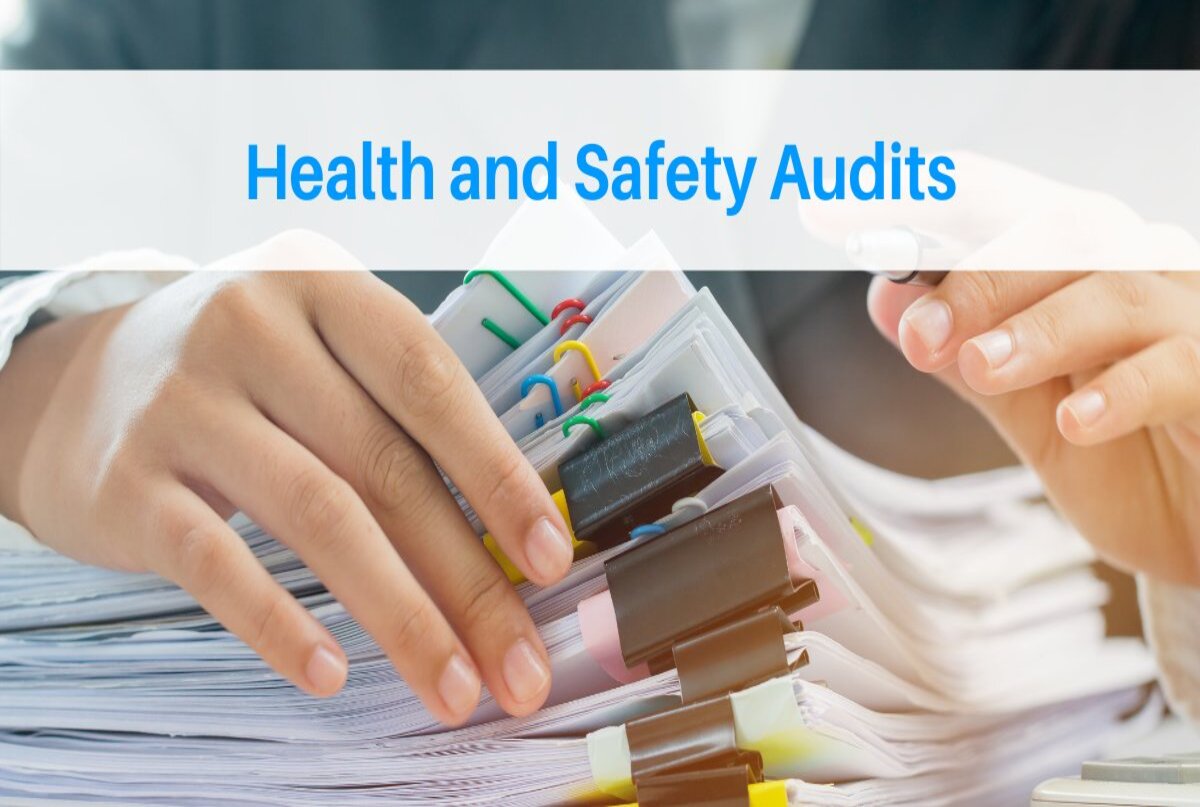At work, fatalities fall under the Health & Safety at Work Act 1974, which is a piece of legislation that aims to safeguard all those within the workplace, as well as the public. This law explains the responsibilities held by employers towards employees and the public, the duties employees have for themselves and others, as well as those who are self-employed.
While Health and Safety enforcement works to ensure employers remain compliant with the above legislation, fatalities still occur. In looking to understand whether such legislation has been effective, Health and safety experts* examined at-work fatality data for the five biggest cities over the previous five years.
Using this information, the fatality rates in Birmingham were among the highest over the studied time (from 2017 to 2022). Birmingham has, however, achieved a 0% at-work fatality record over the past two years.
In the five-year period between 2017/18 and 2021/22, Glasgow, London and Birmingham accounted for 7.23% of total fatalities at work.
Glasgow had the highest total fatalities at work, with 25 deaths. During the five-year period analysed, 3.28% of the total work-related deaths occurred in this city. The majority of work fatalities were attributed to deaths following a fall.
In London, the most frequently sighted cause of death was falling from height. Between 2017 and early 2022, 2.62% of total fatalities at work occurred in this city.
Lastly, there were ten work-related fatalities in Birmingham, which translates to 1.31% of total deaths. Of these, falls from heights and being struck by a moving vehicle were the two most significant causes of death. However, Birmingham was the only city out of these three, and the top five largest cities, to have recorded zero at-work fatalities over the previous two periods, 2020/21 and 2021/22. This is a huge improvement that can be celebrated.
How Can Workplace Fatalities Be Prevented?
For workplace fatalities to be stopped, it’s essential that employers remain compliant with the relevant health and safety legislation. In addition to this, employers can also conduct hazard and risk assessments and implement corresponding measures where possible.
Identifying potential hazards involves looking at everyday activities and processes employees conduct, as well as any substances or other hazards, like noise, that could cause injury in the long run.
With this information, employers can then conduct risk assessments with the help of a health and safety consultant. Doing this will allow you to categorise work hazards by their level of risk and then minimise or eliminate the risks where reasonably possible.
How Can Health & Safety Consultants Help Your Business?
Give an objective health and safety audit
Health and safety consultants are trained in this field and have expert knowledge of relevant legislation. They also have the experience needed to accurately identify risks and hazards in the workplace. Health and safety consultants are also adept at creating and implementing preventative measures.
Contribute to better health and safety management
Consultants are experts in the field of health and safety and can assist in implementing and explaining the various management systems introduced throughout a company’s departments.
Can improve business reputation
Companies that are compliant with health and safety standards often receive awards and public recognition. This contributes to increased brand awareness and positive associations, which, in turn, enhances a business’s reputation.
Greater staff retention
Hiring a health and safety consultant shows employees that a company cares about their health and well-being. This can lead to lower employee absences, higher levels of motivation and lower staff turnover. This also means reduced costs, such as recruitment, hiring and sick leave.
* Guardian Support research









